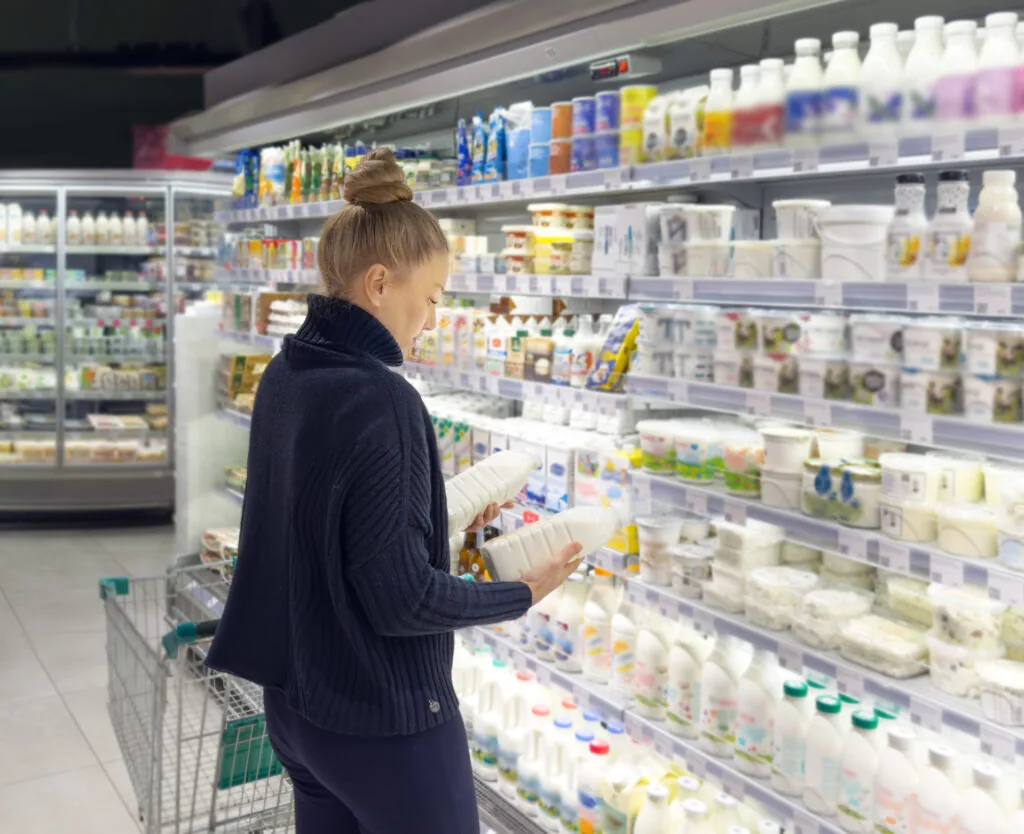ASK THE CPCMG PEDIATRICIAN: Is it safe to give my child raw milk?

Unfortunately, there is a lot of misinformation about raw milk online and in social media content from wellness influencers. Here’s why raw milk is unsafe for children.
Raw milk can contain disease-causing microorganisms like Salmonella, Listeria monocytogenes, E. coli, and Campylobacter. Avian flu has also been found in raw milk, coming from infected cows. This is why pasteurization, the heating process that kills off microbes that can cause disease, is so important.
Since a child’s immune system is still developing, they are more susceptible to infections and serious illness from bacteria found in unpasteurized milk. Infection symptoms can include vomiting, fever and diarrhea. Young kids can even develop a blood infection called sepsis that goes throughout their whole body, including their brain and their heart. Complications of a bacterial infection can include liver failure, kidney failure, paralysis or even death.
The U.S. Food and Drug Administration (FDA), Centers for Disease Control and Prevention (CDC) and the American Academy of Pediatrics strongly recommend against drinking and eating raw milk products. When shopping for dairy products, check the label to confirm that the food or drink has been pasteurized.
If “pasteurized” is not on the label or listed in the ingredients, ask to be sure if the product is pasteurized. Keep pasteurized dairy products in a refrigerator that is set at 40 degrees Fahrenheit or below, and do not eat or offer your child expired dairy products.

